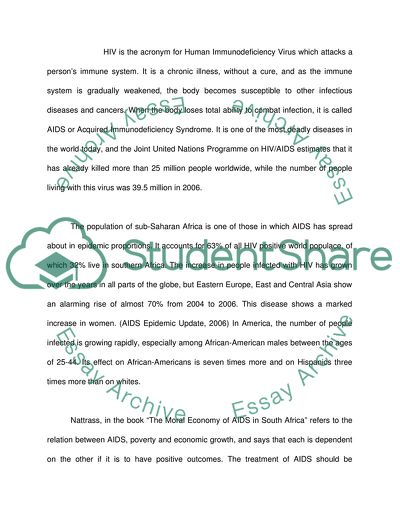Cite this document
(“HIV/Aids: A Medical Anthropological Approach Essay”, n.d.)
HIV/Aids: A Medical Anthropological Approach Essay. Retrieved from https://studentshare.org/miscellaneous/1550820-hivaids-a-medical-anthropological-approach
HIV/Aids: A Medical Anthropological Approach Essay. Retrieved from https://studentshare.org/miscellaneous/1550820-hivaids-a-medical-anthropological-approach
(HIV/Aids: A Medical Anthropological Approach Essay)
HIV/Aids: A Medical Anthropological Approach Essay. https://studentshare.org/miscellaneous/1550820-hivaids-a-medical-anthropological-approach.
HIV/Aids: A Medical Anthropological Approach Essay. https://studentshare.org/miscellaneous/1550820-hivaids-a-medical-anthropological-approach.
“HIV/Aids: A Medical Anthropological Approach Essay”, n.d. https://studentshare.org/miscellaneous/1550820-hivaids-a-medical-anthropological-approach.


